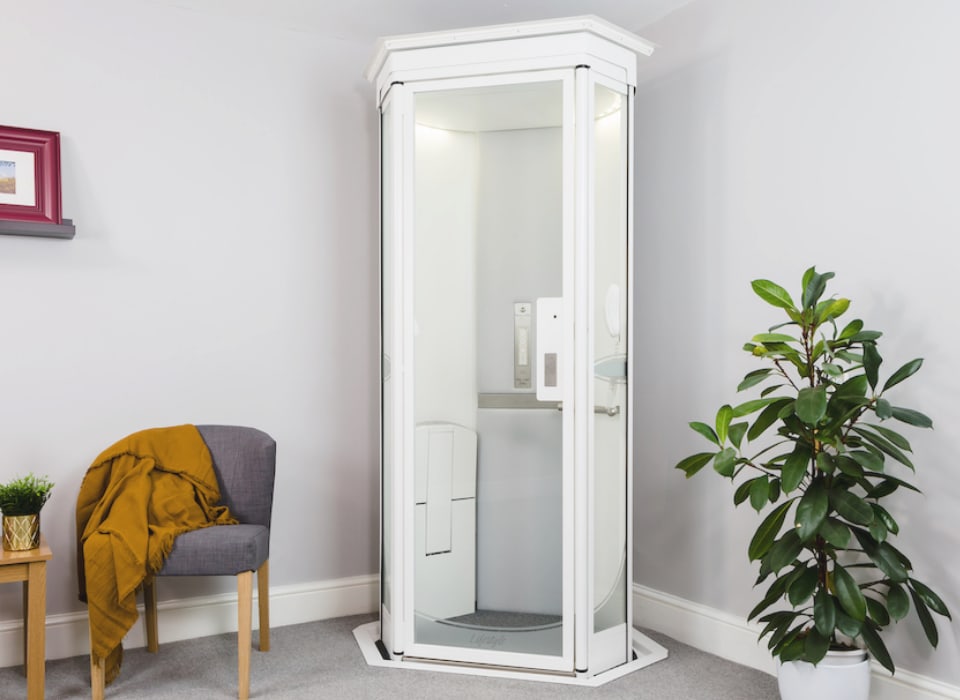Inexpensive Lift Repair Near Me: Professional Technicians at Your Solution
Inexpensive Lift Repair Near Me: Professional Technicians at Your Solution
Blog Article
Unwinding the Intricacies of Lift Modern Technology: Troubleshooting Common Issues Throughout Lift Models
In the realm of lift innovation, a myriad of details frequently exist beneath the surface area of what shows up to be an uncomplicated device. From slow-moving procedure issues to strange sounds emanating from the equipment, fixing common problems across different lift versions demands a keen eye for information and a methodical method - repair and maintenance services. As we start this trip to untangle the intricacies that can pester these vital gadgets, a much deeper understanding of the internal workings and potential risks of lift technology is essential. Keep tuned as we browse with the maze of lift breakdowns, seeking services to the enigmatic troubles that can interrupt the smooth performance of these vital apparatuses.
Recognizing Slow Procedure Issues

Following, examine the electrical links to ensure that all components are correctly linked and functioning. Defective electrical wiring or loose links can result in slow operation or complete breakdown of the lift system. Additionally, it is important to examine the control system to identify if the issue lies in the shows or sensors.
If the aesthetic examination and electrical checks do not disclose the root cause of the sluggish operation, additional analysis examinations may be needed. These could include stress examinations for hydraulic systems, voltage examinations for electric elements, or running diagnostic software for the control system. repair and maintenance services. By complying with an organized method to fixing sluggish operation problems, you can efficiently settle the issue and recognize, guaranteeing the lift operates securely and successfully
Addressing Strange Noises
To successfully fix lift modern technology for weird noises, a complete assessment of the lift components following the recognition of slow-moving procedure problems is necessary. Strange noises in lifts can be a measure of underlying troubles that call for timely interest to make sure the security and dependability of the system. Common resources of strange sounds in lifts consist of worn-out or misaligned pulley-blocks, damaged motor bearings, loosened or busted suspension ropes, and malfunctioning control systems. When dealing with strange sounds, it is vital to perform an organized examination of these components to identify the specific cause of the sound precisely. This may entail examining for any type of visible signs of damage, evaluating the performance of motor bearings, tightening up loose connections, and lubricating moving components as needed.
In addition, it is important to describe the lift producer's upkeep standards and seek aid from qualified service technicians when dealing with complicated lift parts or strange troubleshooting procedures. By quickly resolving and attending to weird sounds underlying concerns, lift operators can guarantee the optimum performance and security of the lift system for passengers and drivers.
Handling Faulty Control Issues
An efficient method for dealing with faulty control troubles in lift innovation entails conducting a thorough evaluation of the control system's components and functionality. When running into issues with lift controls, it is important to very first look for any type of loose links, harmed wiring, or malfunctioning sensing units. Verifying that all control keypads, buttons, and displays are operating correctly is additionally crucial in detecting the issue precisely.
If no noticeable problems appear, service technicians must proceed to check the control board for any indications of water corrosion, damage, or overheating, as these can often result in regulate breakdowns. Additionally, resetting the control system or upgrading the software application may assist deal with specific glitches or bugs creating the problem.

Tackling Hydraulic System Malfunctions
The effectiveness of hydraulic systems in lifts depends greatly on the appropriate functioning of different parts within the system. When hydraulic systems breakdown in lifts, it can result in functional disruptions and safety issues. One usual concern is hydraulic fluid leakage, which can take place due to damaged seals, loose connections, or damaged cylinders. To tackle this issue, technicians should conduct a complete assessment to identify the source of the leak and change any faulty parts immediately.
Another regular hydraulic system breakdown is a loss of stress, which can result from air going into the system, fluid contamination, or pump inadequacies. Specialists can address this by hemorrhaging the system to remove air, replacing contaminated liquid, or servicing the pump as required. Additionally, irregularities in hydraulic fluid degrees or unusual noises during lift operation might indicate underlying system malfunctions that call for instant focus to stop more damage. Regular upkeep address and timely troubleshooting of hydraulic system concerns are vital to ensuring the effective and secure operation of lift innovation.
Handling Electrical Element Failures
Dealing with electric part failures in lift technology requires a methodical technique to detecting and fixing problems to keep operational functionality hop over to here and safety standards. When experiencing electric problems in lift systems, it is crucial to very first perform a comprehensive evaluation of the electric elements, consisting of control panels, electrical wiring, sensors, and circuit boards. Any type of indications of damages, deterioration, loose links, or charred components should be very carefully kept in mind and dealt with without delay to avoid more issues.
In the case of electric component failings, it is vital to adhere to manufacturer guidelines for fixing and fixing procedures. This might involve examining the elements making use of multimeters, oscilloscopes, or other analysis devices to pinpoint the exact source of the malfunction. Furthermore, having a comprehensive understanding of the lift's electrical schematics and electrical wiring layouts can assist in recognizing and fixing problems efficiently.
Routine upkeep and inspection schedules can help prevent electrical failings by spotting prospective concerns at an early stage. Proper training for lift service technicians on electric systems and elements is additionally crucial to guarantee accurate diagnosis and effective resolution of electric issues, ultimately adding to the total security and reliability of lift operations.
Final Thought
In conclusion, fixing lift modern technology calls for a systematic method to identify and resolve common problems such as slow operation, unusual sounds, damaged controls, hydraulic system malfunctions, and electrical component failings. By comprehending the complexities of lift innovation and following correct fixing actions, technicians can effectively fix concerns and make sure the effective and risk-free operation of lifts throughout numerous versions.
To effectively fix lift innovation for strange sounds, a complete assessment of the lift elements adhering to the identification of slow procedure problems is critical. Strange sounds in lifts can be indicative of underlying troubles that call for punctual attention to make sure the safety and integrity of the system.A reliable approach for resolving faulty control problems in lift innovation includes carrying out an extensive analysis of the control system's parts and functionality.The efficiency of hydraulic systems in lifts important link depends greatly on the appropriate functioning of numerous parts within the system. repair and maintenance services. When running into electric problems in lift systems, it is essential to first carry out a detailed examination of the electric parts, including control panels, electrical wiring, sensors, and circuit boards
Report this page